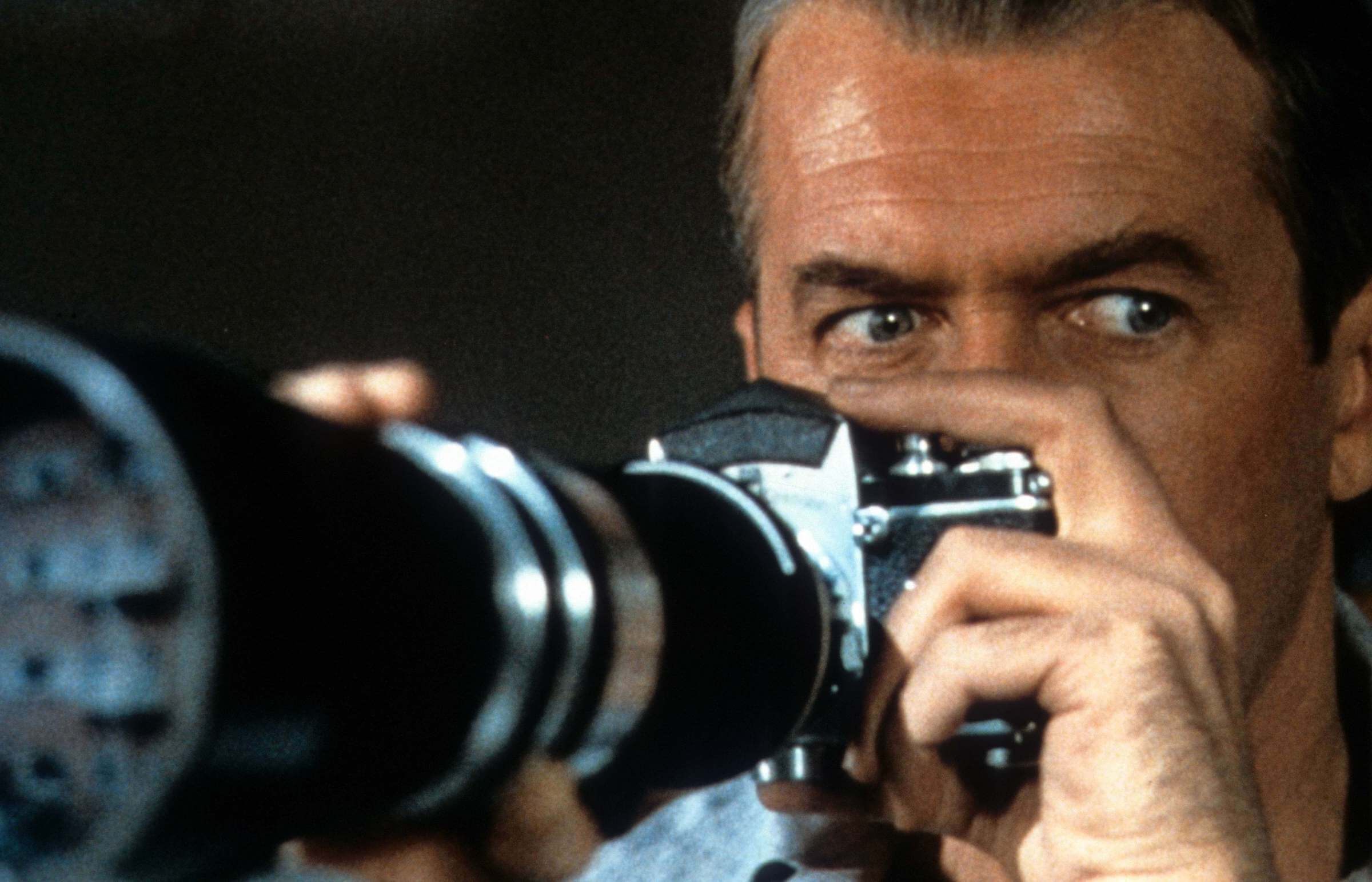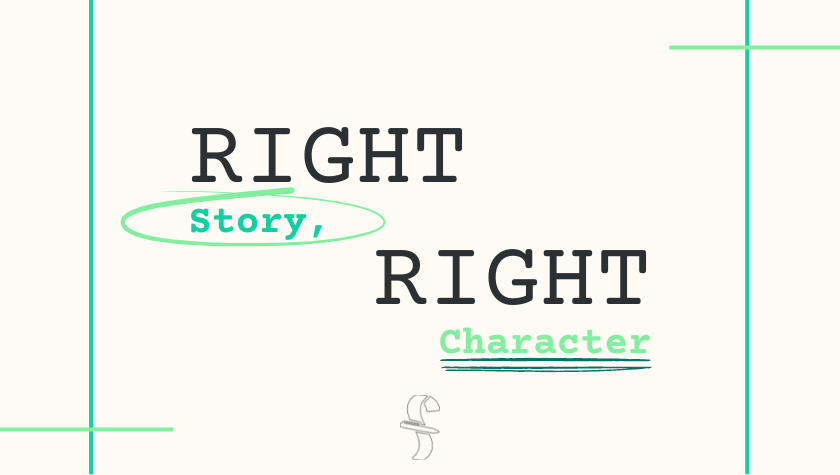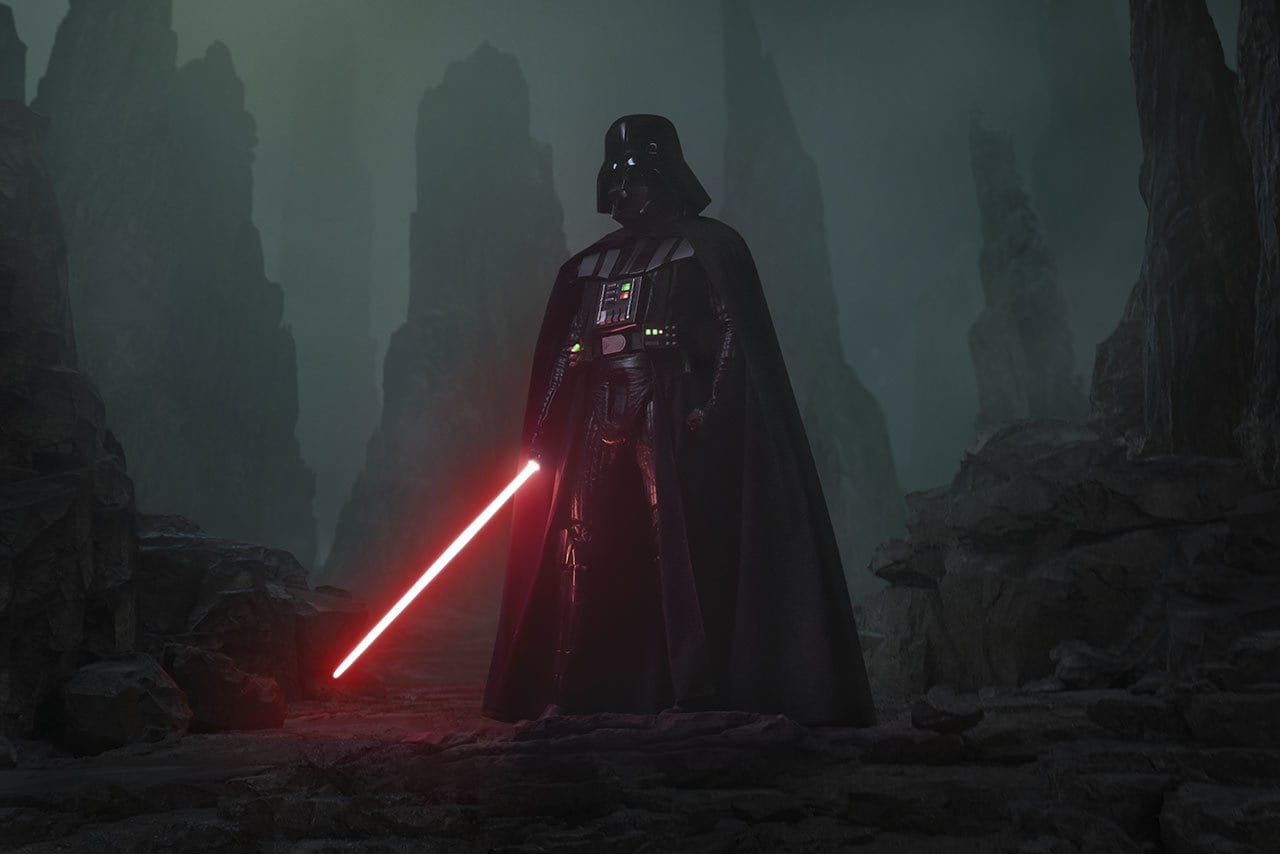Jaws: A Masterpiece Created by Collaboration and a Deadline
March 17, 2017
With contributions from various writers, a director and even the actors, the screenplay for Jaws is one of the best examples of cinema being a collaborative art form. And the circumstances surrounding the writing prove that sometimes a deadline is good for inspiration.
Peter Benchley’s novel Jaws wasn’t published yet when Richard D. Zanuck and David Brown, producers at Universal, came across it thanks to a tip from Brown’s wife, an editor at Cosmopolitan magazine. Zanuck and Brown, intrigued by the description of the plot, got their hands on the book and both read it in a single night. They agreed it was the most exciting thing they had ever read and would make one hell of a movie. They subsequently purchased the rights and made it a top priority on their production slate. The film was given a 3.5 million-dollar budget and had a tight shooting schedule of 55 days with principal photography set to begin in May of 1974 (just a few months away). The main reason for the rush was Universal hoped to have the production wrapped before potential WGA and SAG strikes (both guild’s contracts were due to expire).Per the deal in which they acquired the rights, Benchley was promised first crack at the screenplay. Not surprisingly, Benchley’s draft didn’t depart much from his novel. When 26-year-old director Steven Spielberg came on board, he wanted a major rewrite of the first two acts. Spielberg loved the third act in which the three protagonists go off to sea and hunt the shark, but he felt the characters were unlikable and that there were too many subplots. One particular subplot that Spielberg wanted jettisoned was an adulterous affair between Ellen Brody and Matt Hooper (who is Brody’s antagonist in the novel rather than an ally). Spielberg thought it was too much of a distraction and would take away from the camaraderie between the three men aboard the Orca.
Overall, Spielberg imagined a more crowd-pleasing story than Benchley’s darker and more cynical vision. After doing his own rewrite of the script, Spielberg enlisted Tony and Pulitzer Prize-winning playwright Howard Sackler (best known for The Great White Hope). Sackler did an uncredited pass of the screenplay, introducing more dramatic weight to the main characters: Martin Brody’s fear of the water was introduced as well as Quint’s backstory involving his survival of the USS Indianapolis disaster. The Sugarland Express writers Matthew Robbins and Hal Barwood are said to have also done an uncredited pass. The pressure was on to deliver a shooting draft and quickly, but Spielberg still didn’t feel the script was there yet.
It lacked humor and humanity.
Enter Carl Gottlieb.
A comedic writer and improvisational performer, Gottlieb had won an Emmy® in 1969 for his writing on The Smothers Brothers Comedy Hour (along with fellow writer, and future collaborator on The Jerk, Steve Martin). Afterward, Gottlieb had honed his skill writing for sitcoms like The Bob Newhart Show, All in the Family, and The Odd Couple. Being friends with Gottlieb and aware of his talent, Spielberg offered him a small role in Jaws and a chance to punch up the script.
Gottlieb was cast as Harry Meadows—Amity Island’s politically connected newspaper editor (the mustached fellow who says, “We never had that kind of trouble in these waters”), and what initially started off as a “one-week dialogue polish” ended up being a massive rewrite. Most impressively, Gottlieb did most of the rewrite during a nine-week period of principal photography. He was on set every day and would literally rewrite a scene the night before they shot it. His contributions were so significant, he’d be cited as the script’s primary writer and the only one to share official writing credit with Benchley. Gottlieb would also co-write the sequels, Jaws 2 and Jaws 3-D.
Mirroring the camaraderie of the three protagonists on the Orca, everyone was working together to finish the film despite mounting deadline pressure, the unpredictability of an ocean shoot, and a mechanical shark that notoriously kept breaking down. His background in improvisational comedy proving rather useful, Gottlieb would often hatch out the scenes with Spielberg and the cast over dinner. As a result, much of the personalities of the actors helped shape the writing, especially in the case of the film’s three leads: Roy Scheider, Robert Shaw and Richard Dreyfuss. Throughout the entire shoot, there was an atmosphere of fraternity and collaboration, which led to improvisational highlights such as Scheider’s famous ad-lib: “You’re gonna need a bigger boat.”
But perhaps the best example of collaboration in the film is Quint’s Indianapolis monologue.
The concept originated with Howard Sackler, but he didn’t write a long speech for Quint. Spielberg gave the script to legendary screenwriter and champion of all things macho, John Milius (Apocalypse Now, Conan the Barbarian). According to Spielberg, after reading the script, Milius focused on Quint’s speech and asked if he could take a crack at it. He ended up writing a 10-page monologue, which Spielberg thought was brilliant but way too long. Then Robert Shaw—Quint himself—took the speech, revised it in spots, and condensed it to a more useable five pages.
Not known by many, Shaw, in addition to being a fine actor, was also an acclaimed novelist and playwright. His most lauded work was his 1967 novel The Man in the Glass Booth (which Shaw subsequently adapted into a play). So between Sackler, Milius and Shaw, you had a hefty amount of talent behind the speech. To this day, it’s considered one of the greatest monologues in motion-picture history.
Of course, the same can be said for Jaws as a whole. Released in 1975, it became the prototypical summer blockbuster and forever changed the film business. It’s also still as beloved today as it was upon its release. In the wrong hands, the film could have been a disaster. Instead, it was a triumph of creativity and collaboration, showing that sometimes—when the pressure is on—artists can rise to the challenge and do their best work.
Written by: Edwin Cannistraci
Edwin Cannistraci is a professional screenwriter. His comedy specs PIERRE PIERRE and O’GUNN both sold with more than one A-list actor and director attached. In addition, he’s successfully pitched feature scripts, TV pilots and has landed various assignment jobs for Universal, Warner Bros, Paramount and Disney.



